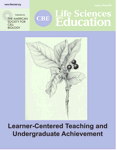Beneficial Microorganisms: Countering Microbephobia
INTRODUCTION
“Microbes run the world. It's that simple.” (Committee on Metagenomics, 2007). Microbial communities make the essential elements of oxygen, carbon, nitrogen, and sulfur available for other life on our planet. Without microbial decomposer communities, life would be smothered in dead organisms. Microorganisms also carry out almost half of the photosynthesis on our planet, increasing oxygen levels and lowering carbon dioxide (Pedros-Alio, 2006). Both animals and plants are closely associated with microbial communities that make nutrients more available, provide protection from diseases, make essential vitamins, or a combination. For example, each human body hosts 10 microorganisms for every human cell, and these microbes contribute to digestion, produce vitamin K, promote development of the immune system, and detoxify harmful chemicals. And, of course, microbes are essential to making many foods we enjoy, such as bread, cheese, and wine.
Unfortunately, students often think of microorganisms in negative terms. Negative attitudes are supported by the public health and media focus on microbe-caused diseases as well as advertising for microbe-destroying soaps and cleaners. Although reducing disease transmission is important for individual and community health, students also need to understand the beneficial contributions microbes and microbial communities provide. Quite a few online resources focus on microorganisms and disease. For this review, I sought resources that educators can use to help students in introductory and nonmajors biology courses understand the beneficial contributions of microbes.
INTRODUCING BENEFICIAL MICROBES
I found two movies that provide brief introductions to the diverse roles microorganisms play on earth. The 13:04-min trailer for the four-part movie series Intimate Strangers: Unseen Life on Earth (Figure 1; www.microbeworld.org/index.php?option=com_content&view=article&id=259&Itemid=194) provides an engaging introduction to microbes' beneficial roles. Scientists talk about the diverse ways in which life on Earth depends on microorganisms, the evolution of life from bacteria, and the “biotechnological potential” of microbes. The speakers were of both genders and a range of ages, illustrating that science is carried out by different people. As one expects from the Public Broadcasting Service, the movie has high production values, with beautiful footage of living microbes. The full-length programs in the series are linked from the American Society for Microbiology's (ASM) MicrobeWorld website at the above-mentioned URL.
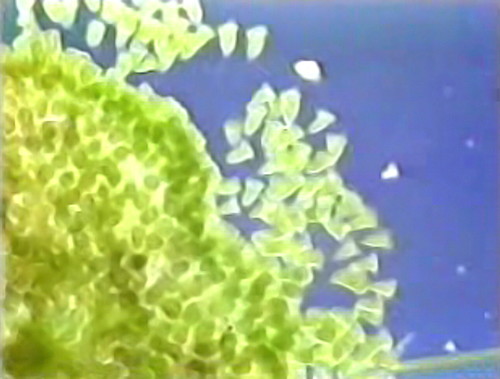
Figure 1. The movie trailer for the Intimate Strangers: Unseen Life on Earth series provides an introduction to life's codependence with microorganisms, microbes' place in the tree of life, and their technological potential.
Understanding Microbial Life (Figure 2; www.lifeworksfoundation.com/news/microbe-ecology-film.php) was produced by The Lifeworks Foundation in the United Kingdom. The first half of this 4:45-min movie reviews the roles of early microbes on Earth, where microbes can be found, and the relationships of microbes with other life forms. In the second half, it describes some of the codependent relationships the human body has with microorganisms. There is one error in the movie. The narrator states that early microbes “released oxygen from water in the form of carbon dioxide to create a breathable atmosphere,” instead of saying that these microbes released oxygen from water and carbon dioxide, creating an atmosphere that many of today's organisms breath. The movie closes with the viewpoint that we have “waged a war of chemicals, disinfectants and antibiotics” on microbes but need to learn how to live harmoniously with them. Because the movie promotes a particular point of view, it might be used to stimulate student discussion on whether they agree or not.
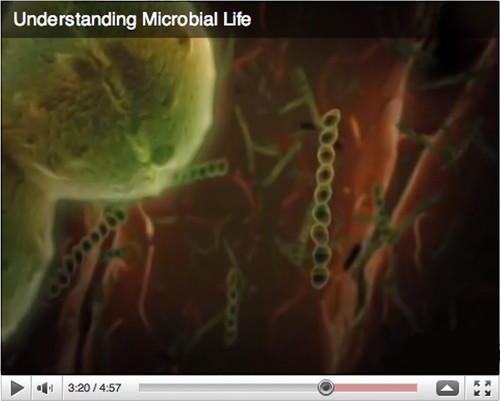
Figure 2. The Understanding Microbial Life movie provides a brief introduction to the beneficial roles of microorganisms on the planet and in the human body.
Recent discoveries are highlighting the roles that microorganisms play in the human intestine. Three researchers involved in one of these studies discuss their work in the Human Gut Microbes video feature on Nature.com (www.nature.com/nature/videoarchive/gutmicrobes/) that has three sections. The first section, “Fat guts … efficient microbes” (4:35 min), discusses the importance of microbes in the human intestine. Researchers found that the percentage of two types of bacteria changed in relationship to a person's weight. “A new way of dieting” (3:15 min) compares research in humans and mice. The final section, “Conclusions” (3:40 min) discusses how different types of microbes are more efficient than others at harvesting calories from food, and how this efficiency can contribute to a person's weight. The images of a heavier individual in this section could have been selected with more sensitivity. This and the footage showing a banana being peeled would make me hesitate to show this section in class, particularly with younger students. The speakers are of both genders and represent several stages of a scientific career pathway (graduate student, postdoctoral fellow and senior scientist). I was able to access the video using Internet Explorer; the Safari and Firefox browsers only played the audio.
Microorganisms that live in the soil are essential to life on earth. The Food Chain multimedia presentation (Figure 3; www.agron.iastate.edu/∼loynachan/mov/), developed by Tom Loynachan at Iowa State University, illustrates some of the relationships soil microbes have with each other. The 2:56-min presentation begins with an animation that compares the soil food chain to one in a lake where smaller fish are consumed by larger fish. It goes on to show footage, recorded through a microscope, of several soil microorganisms interacting with each other. The final scene returns to the human scale with a reminder that soil is teeming with life.
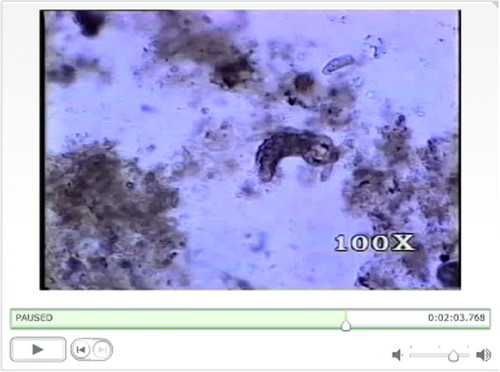
Figure 3. The Food Chain multimedia presentation introduces some of the microorganisms found in soil.
UNDERSTANDING BACTERIAL SCALE AND DENSITY
One of the most difficult concepts to grasp is the relative scale and density of organisms that are too small to see with the unaided eye. The Bacteria on our Skin slideshow on the Microbiological Garden site (Figure 4; www.pmbio.icbm.de/mikrobiologischer-garten/eng/index.php3), produced by Heribert Cypionka at Universität Oldenburg, addresses the scale and density challenges. The slideshow begins by assuming that there are 10,000 bacteria on a square centimeter of human skin, using the pad of a finger as an example. The slides then progressively increase magnification of this area to approximately 500×, at which point one bacterium can be seen, illustrating both size and density. Comparing the skin area with the width of a human hair helps provide a reference.
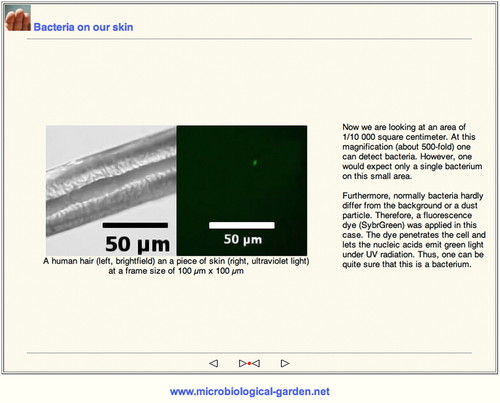
Figure 4. The Bacteria on our Skin slideshow from microbiological-garden.net shows bacterial size and density on human skin.
KEEPING UP WITH NEW SCIENTIFIC DISCOVERIES
The American Society for Microbiology's MicrobeWorld website (www.microbeworld.org) provides a one-stop source for news stories related to microorganisms. Although many of these stories relate to disease, I found several recent stories about potential uses for microbes or the chemicals they produce. For example, a September 5, 2010, story titled “Ancient bacteria could improve anti-ageing cosmetics” described the discovery of small molecules produced by cyanobacteria that provide protection from UV radiation and thus DNA damage. These molecules have been incorporated into an “anti-aging” cosmetic product and other uses are being explored. MicrobeWorld also includes videos and images, again primarily on disease topics. All topics can be sorted by “most popular” and “most recent” for several time frames.
MICROBE-FOCUSED MANGA, ANIME, AND LIVE ACTION TV
A Japanese manga (cartoon) that has morphed into anime and live action TV versions provides a playful and engaging introduction to microbes, primarily those involved in producing food products. Moyasimon: Tales of Agriculture began as a Japanese manga series, created by Masayuki Ishikawa. The series follows a freshman student at an agricultural university who has the unique ability to see and communicate with microbes. Searching for “Microbe Theater” on ASM's MicrobeWorld website (www.microbeworld.org) leads to 11 short episodes (each 1:04 or 1:05 min) that were originally developed as special content for the DVD of the anime version. Although these are also available on YouTube, the MicrobeWorld site includes commentary by Chris Condayan, who posted them. For example, episode 9 shows how to make Surströmming, a Swedish fermented fish delicacy. Condayan provides a link to a news story about the ban of this national dish on several major airlines, due to the pressure caused by fermentation that continues after it is canned. The animated microbes are charming and would provide a fun, brief “engage” for students. English subtitles are provided on these microbe-focused “shorts.”
It was challenging to figure out the various permutations of the three versions and how to access them. After playing each of the episodes on MicrobeWorld, a menu appears with other subtitled episodes. Some of these focus more on the story of Tadayasu Sawaki, the student. The eight subtitled episodes (each one is 23:15 min) of the first season of the live action TV show are available on YouTube (www.youtube.com/show/moyashimon?s=1). Wikipedia provides a list of the microorganisms in the series and a brief annotation about their uses (http://en.wikipedia.org/wiki/Moyashimon).
OTHER SITES OF INTEREST
Kenneth Todar's Online Textbook of Bacteriology (http://textbookofbacteriology.net/index.html) has several chapters that include information on the beneficial aspects of microbes. The chapter titled “The Impact of Microbes on the Environment and Human Activities” includes several pages on this topic. It also is addressed in the chapter on “The Bacterial Flora of Humans.”
In short, we would not be alive today without microbes. Our students need to understand that not all microorganisms are bad and that many are actually beneficial.
ACKNOWLEDGMENTS
I thank A. Malcolm Campbell for critical comments and helpful suggestions on this article.


